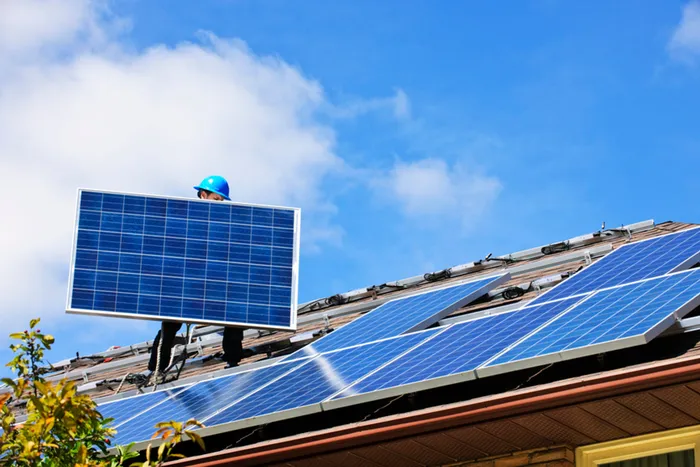How South Africa is leading the charge in hybrid solar energy development
RENEWABLE ENERGY

Explore how South Africa is transforming its energy landscape through hybrid solar solutions, enhancing grid stability and meeting net-zero commitments in the face of climate challenges.
Image: File.
As the global energy sector races to meet net-zero commitments, utility-scale solar is undergoing a fundamental transformation.
No longer defined by megawatt capacity alone, solar projects are now being evaluated on their ability to deliver dispatchable power, enhance grid stability, and provide critical ancillary services.
Nowhere is this evolution more pronounced than in Africa, particularly South Africa, where the Just Energy Transition is accelerating the shift towards resilient, grid-integrated renewable energy.
“Across the continent, and especially in South Africa, we’re seeing a strategic move away from variable-only generation,”Jaco Uys, SVP Projects Sub-Sahara Africa at Scatec said.
“What matters now is whether a project can deliver clean energy consistently on demand day or night. This means thinking beyond solar panels, to fully integrated energy systems,” Uys said.
South Africa’s Eskom-constrained grid has spotlighted the urgent need for firm, responsive power.
As Independent Power Producers (IPPs) are increasingly permitted to co-develop transmission infrastructure under the country’s new Independent Transmission Projects (ITP) framework, the focus is shifting to hybrid models that combine generation with advanced control technologies.
At the forefront of this movement is Scatec’s Kenhardt project, a hybrid solar-battery development in the Northern Cape.
Boasting 540 MW of solar PV paired with 225 MW/1,140 MWh of battery storage, Kenhardt delivers consistent dispatchable energy under a 20-year Power Purchase Agreement with Eskom.
It was recently recognised at the 2025 Solar Energy Conference in Norway for its trailblazing approach in combining renewables with storage to strengthen energy reliability.
“Kenhardt isn’t just a solar project,” Nic Bailey, SVP Operational Excellence and Digitalisation at Scatec said.
Bailey, alongside Uys, is representing the company at Intersolar Europe in Munich this week.
“It’s a demonstration of what’s possible when you pair clean generation with flexible output. We’re not just injecting power into the grid—we’re actively supporting it,” Bailey added.
Speaking from Munich both Bailey and Uys shared further reflections on the state of the industry:
“We’re not witnessing seismic shifts in solar technology,” Bailey further said.
“Instead, we’re seeing incremental improvements in efficiency, equipment size, and LCOE year on year. That’s a positive for IPPs like us—it allows for predictability in planning and stability in execution.”
“Amid challenges in the solar module market, the booming battery energy storage (BESS) sector is emerging as a vital growth area. It’s reshaping the value chain and fuelling supplier diversification,” said Uys.
“It’s clear that Scatec continues to stand out as a reliable partner,” Bailey said.
“Suppliers consistently point to our ability to move challenging projects forward in complex markets—something few others are managing as consistently.”
As South Africa continues to unlock private sector participation and modernise its energy infrastructure, the lessons from Kenhardt and other grid-resilient projects are resonating far beyond its borders. Hybrid solutions represent the next chapter in the solar story—offering not just power, but progress.
BUSINESS REPORT
Visit: www.businessreport.co.za